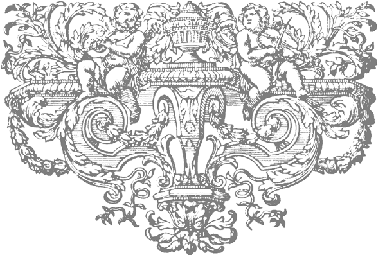Franco-Flemish double-manual harpsichord,
![]()
A view from the SPINE side of the instrument with the lid fully open
Details about
the Franco-Flemish harpsichord
This photograph gives a good idea of the splendour of the
outside lid painting, the spine decoration and the stand. The
outside of the case is decorated on a ground of thick gold leaf
with oil paintings on top of the gold, a process known in the eighteenth century as ‘vernis
martin’. The figure paintings on the top of the lid
have been attributed to François Boucher, Paris, 1750, along with the decorations around
the paintings, and on the spine, are also confidently attributed to Francois
Bouchet.
These paintings and decorations have now been cleaned and, now
restored, the affected parts look particularly brilliant and beautiful.
The stand is particularly fine and is beautifully carved and
gilded. The height of the stand is
greater than normal and raises the instrument into a higher playing position (to
accommodate the bulky ladies skirts?).
